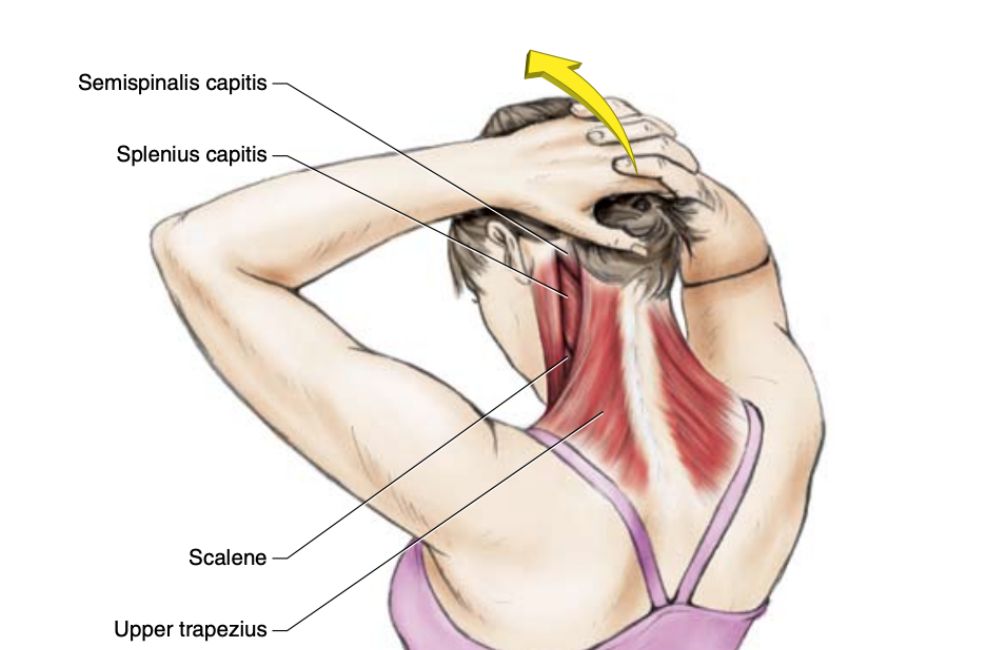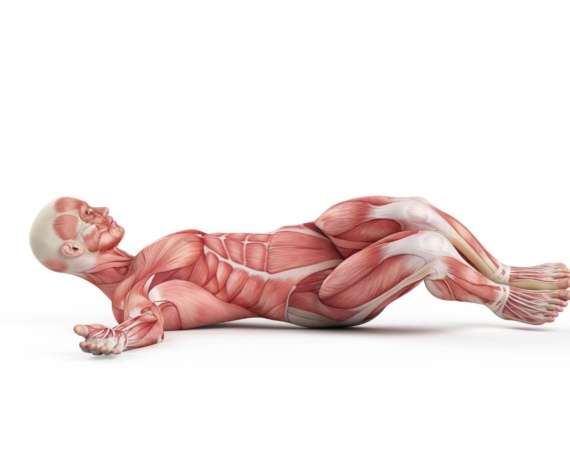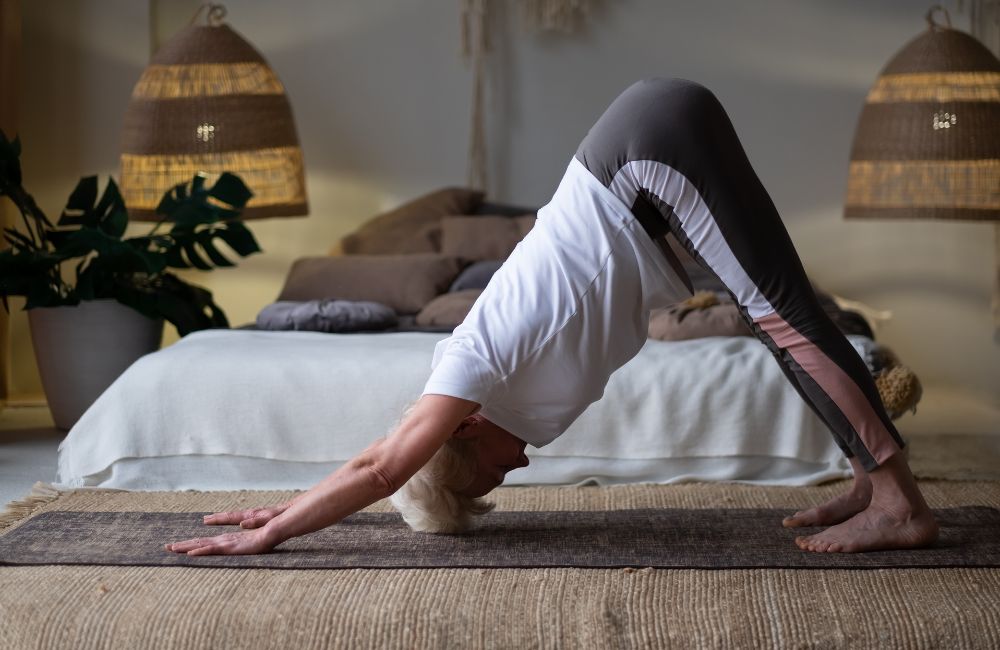
As we age, maintaining mobility and flexibility becomes increasingly important to lead a healthy and active lifestyle. Yoga, a practice that has been around for thousands of years, offers a gentle yet effective way to improve mobility, flexibility, and overall well-being.
For individuals over 60, incorporating specific yoga poses into their daily routine can be incredibly beneficial.
Yoga is known for its adaptability, making it suitable for people of all ages and fitness levels. It provides a low-impact option to enhance joint mobility, reduce stiffness, and increase circulation, all while fostering a sense of relaxation and inner peace.
Here are seven yoga poses that are particularly beneficial for individuals over 60:
1. Downward Facing Dog:
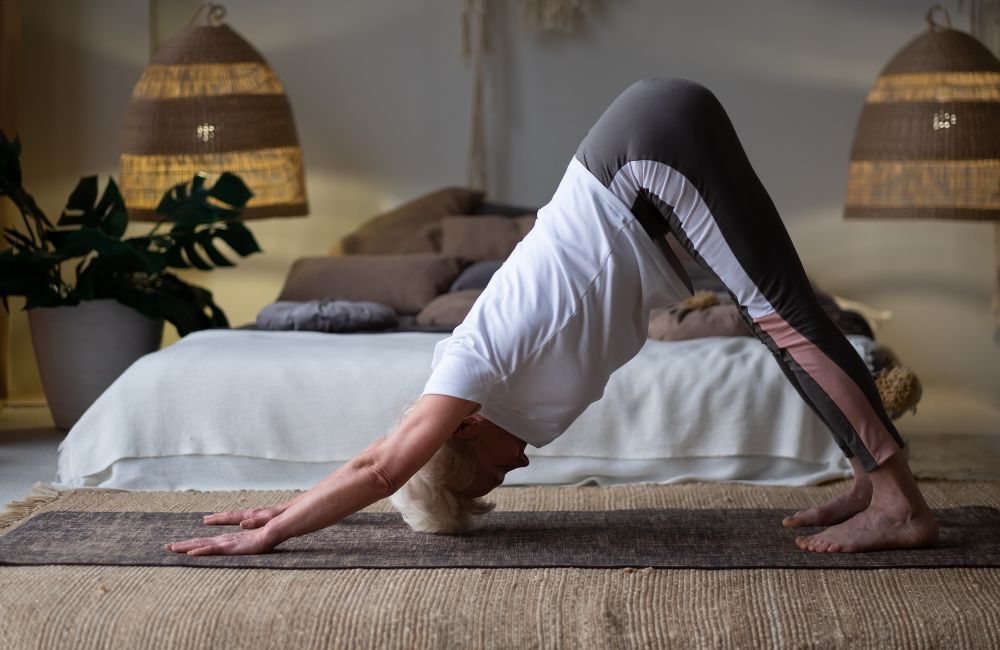
- Start on your hands and knees in a tabletop position.
- Exhale, lift your knees off the ground, and straighten your legs to form an inverted V shape with your body.
- Press your palms and heels into the floor, engaging your core and lengthening your spine.
- Relax your head and neck, gazing toward your feet or thighs.
- Hold the pose for 30 seconds to 1 minute, breathing deeply.
- To release, gently bend your knees and lower them back to the ground.
2. Mountain Pose (Tadasana):
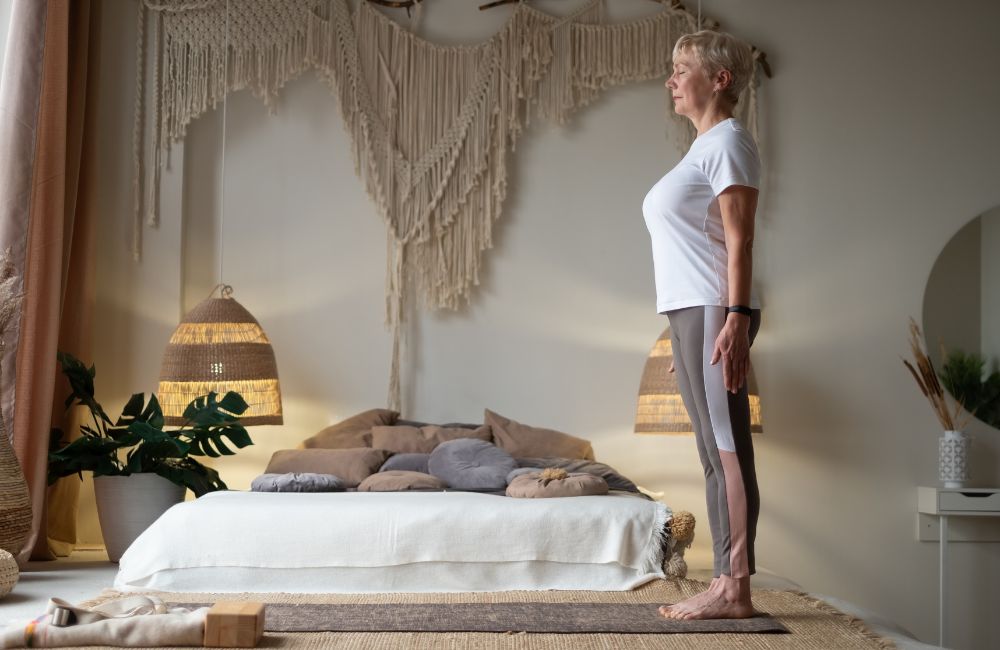
- Stand tall with your feet hip-width apart and arms at your sides.
- Engage your leg muscles, press evenly through your feet, and lift your kneecaps.
- Lengthen your spine, roll your shoulders back and down, and open your chest.
- Gently tuck your chin to keep your neck aligned with the rest of your spine.
- Breathe deeply and hold the pose for 30 seconds to 1 minute.
3. Forward Fold (Uttanasana):
- From Mountain Pose, exhale and hinge your hips to bend forward.
- Allow your upper body to hang over your legs, keeping your knees slightly bent if needed.
- Reach your hands towards the ground or hold opposite elbows to relax your neck and shoulders.
- Breathe deeply and hold the pose for 30 seconds to 1 minute.
4. Cat-Cow Stretch (Marjaryasana/Bitilasana):
- Start on your hands and knees in a tabletop position, with your wrists under your shoulders and knees under your hips.
- Inhale, arch your back, and lift your head and tailbone, creating a gentle arch (Cow Pose).
- Exhale, round your back, tuck your chin and draw your navel towards your spine (Cat Pose).
- Continue flowing between Cow and Cat Pose for 1-2 minutes, syncing your breath with the movement.
5. Warrior II (Virabhadrasana II):
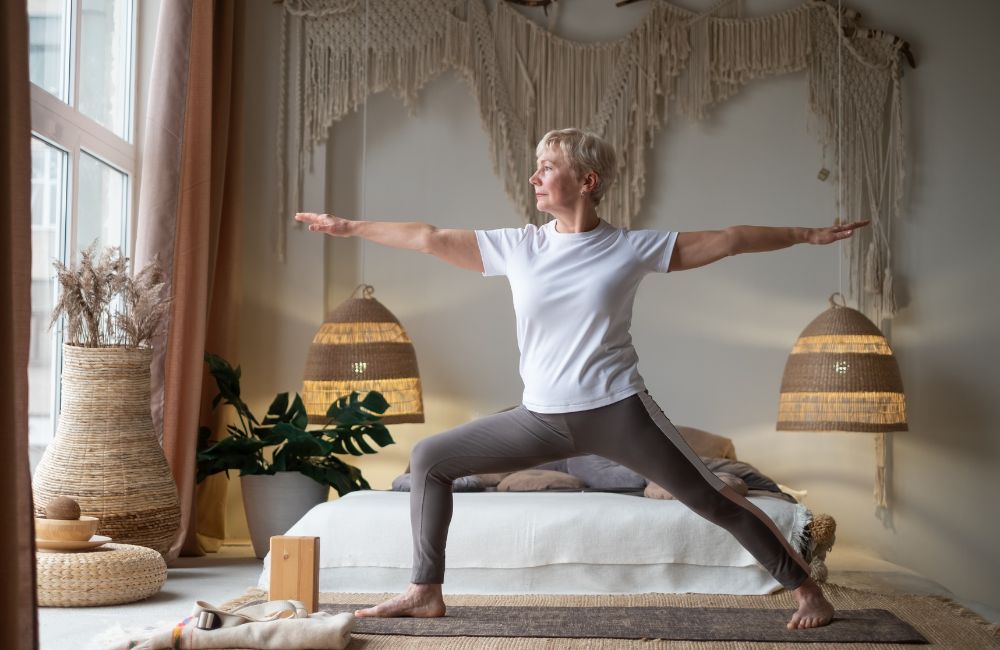
- Begin in a standing position with your feet wide apart, aligning your heels.
- Turn your right foot out 90 degrees, and slightly angle your left foot inwards.
- Bend your right knee, bringing it directly over your ankle, while keeping your left leg straight.
- Stretch your arms out to the sides, parallel to the ground, with palms facing down.
- Gaze over your right fingertips and hold the pose for 30 seconds to 1 minute.
- Repeat on the other side.
6. Bridge Pose (Setu Bandha Sarvangasana):
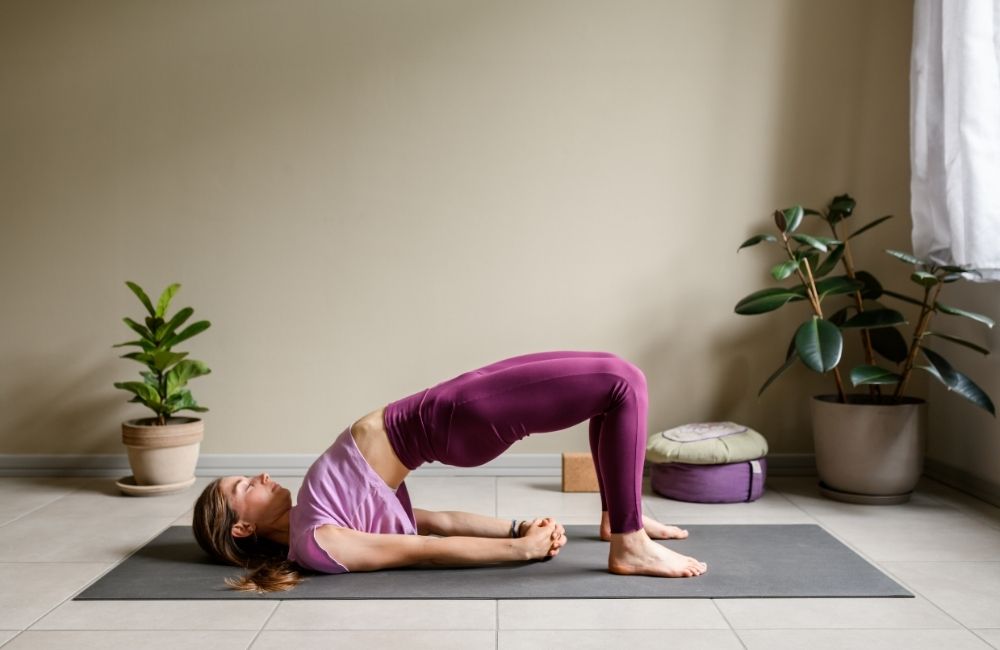
- Lie on your back with your knees bent and feet hip-width apart, flat on the floor.
- Press through your feet and arms to lift your hips towards the ceiling.
- Clasp your hands under your hips, interlacing your fingers.
- Roll your shoulders underneath you and keep your neck relaxed.
- Hold the pose for 30 seconds to 1 minute, breathing deeply.
7. Tree Pose (Vrksasana):
- Start in Mountain Pose and shift your weight onto your left foot.
- Bend your right knee and place your right foot on the inside of your left thigh (avoid the knee joint).
- Find your balance, and bring your hands together at your heart center.
- Lengthen your spine and fix your gaze on a point in front of you to aid balance.
- Hold the pose for 30 seconds to 1 minute, then switch to the other leg.
Remember to listen to your body and modify the poses as needed to suit your individual comfort and ability level. Enjoy the practice, and make yoga a regular part of your wellness routine to experience its full benefits.

